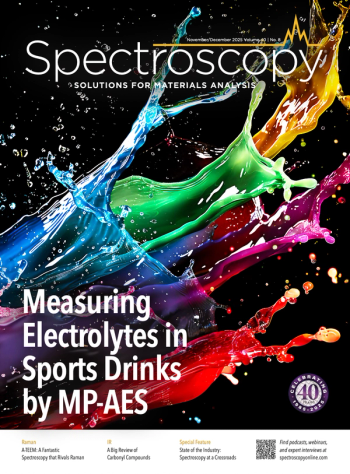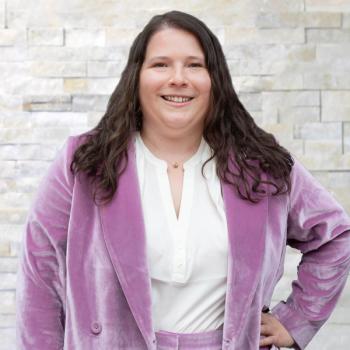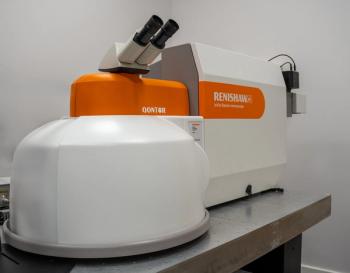
North American Society for Laser-Induced Breakdown Spectroscopy Now Part of FACSS and SciX
The 2013 meeting of NASLIBS will be held from September 29 to October 4 at the SciX conference in Milwaukee, Wisconsin (http://scixconference.org/). The program offers 11 sessions and extends for the duration of the conference. Session topics include data analysis from the Curiosity Mars Rover, quantification of LIBS results, new hardware and methodologies, hyphenated LIBS, and applications from forensics to industrial measurements.
The North American Society for Laser-Induced Breakdown Spectroscopy (NASLIBS) has its roots in a series of conferences that have been taking place on LIBS since 2000. In 2000, the first “International” LIBS plasma conference was held in Pisa, Italy, organized by Vincenzo Palleschi of IFAM. This conference inaugurated a biannual series of meetings that have until now have alternated between the United States and Europe. The 2014 International LIBS conference will be held in Beijing, China.
The North American Society for Laser-Induced Breakdown Spectroscopy (NASLIBS) has its roots in a series of conferences that have been taking place on LIBS since 2000. In 2000, the first “International” LIBS plasma conference was held in Pisa, Italy, organized by Vincenzo Palleschi of IFAM. This conference inaugurated a biannual series of meetings that have until now have alternated between the United States and Europe. The 2014 International LIBS conference will be held in Beijing, China.
All of the initial meetings were backed by the Institute for Clean Energy Technology at the Mississippi State University, with financial grants from the Army Research Office. As the meeting grew in size and scope, it became apparent that a more permanent organization was needed to host and organize the biannual conference. At the 2011 meeting, the Scientific Committee of the Symposium approved discussions with the Federation of Analytical Chemistry and Spectroscopy Societies (FACSS) about holding the meeting in conjunction with the SciX meeting. At the same time, NASLIBS was formed, bylaws were written, and an initial slate of officers was elected, including Steve Buckley as president, Amy Bauer as vice president, Matthieu Baudelet as secretary, and Arel Weisberg as treasurer. The entire slate of officers and board, as well as information about the organization, can be found at
The 2013 meeting of NASLIBS will be held from September 29 to October 4 at the SciX conference in Milwaukee, Wisconsin (
Attendance at the NASLIBS sessions at SciX is expected to be heavy, given the experience at the 2012 meeting. Throughout the week, a robust slate of exhibitors will also be in attendance to show some of the newest innovations in hardware. NASLIBS attendees will also be able to attend talks covering all of the other exciting offerings at SciX — Raman spectroscopy, chromatography, inductively coupled plasma spectroscopy, and other techniques. Such cross-fertilization of LIBS with other spectroscopies was one of the primary reasons that made combining the NASLIBS conference with SciX so compelling. We would love to have you join us for the NASLIBS meeting at the SciX conference this year — if you’re interested in LIBS, this is the North American meeting for you!
Dr. Steve Buckley is the President of the North American Society of LIBS, and the Director of Market Development for Spectroscopy at TSI, Inc. Previously, he was a tenured professor of engineering at UCSD, and has been working on LIBS development for 15 years.
Newsletter
Get essential updates on the latest spectroscopy technologies, regulatory standards, and best practices—subscribe today to Spectroscopy.



